In Focus: The Van Dyck portrait that shows Charles I as monarch, connoisseur and proud father
Lilias Wigan takes a detailed look at Van Dyck's Greate Peece, one of the highlights of the Royal Academy's stunning exhibition of the art collected by Charles I.
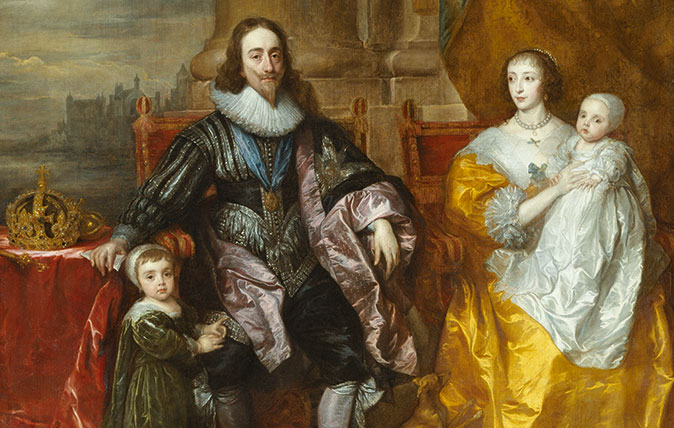
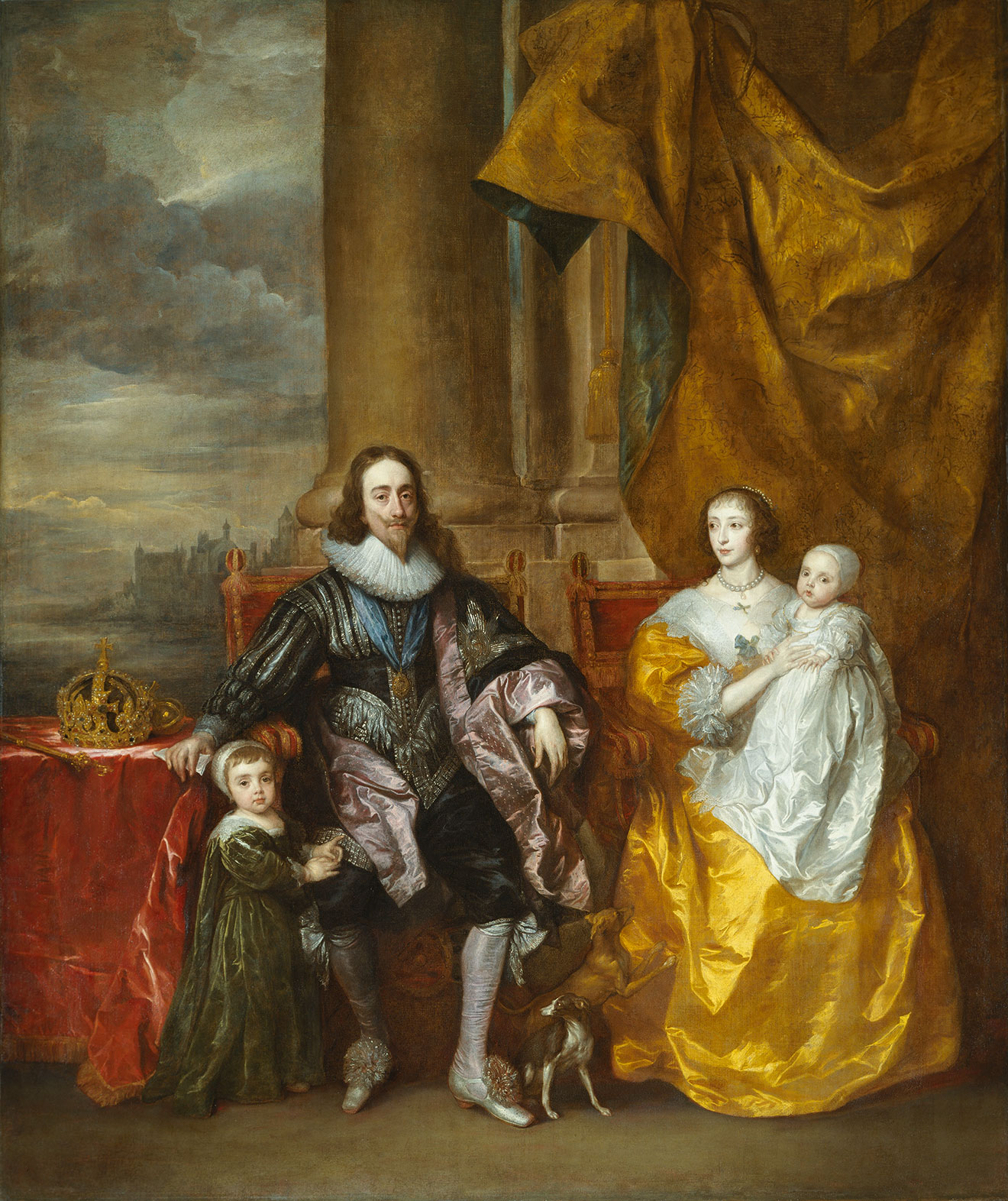
The Royal Academy has launched ints 250th anniversary celebrations with a milestone exhibition: Charles I: King and Collector, which runs until 15 April. It reunites many of the magnificent works of art that Charles I and his Queen, Henrietta Maria of France, amassed during his reign. Oliver Cromwell subsequently sold off around 2,000 artworks, following the King's execution in 1649, to raise funds for his new army and to pay off Charles's debts.
Charles II retrieved what he could following the Restoration but much of what was once Britain's most important collection of art is now dispersed across the globe, forming the highlights of key museums all over the world. The Royal Academy has secured some impressive loans, including Titian’s The Emperor Charles V with a Dog, (Museo Nacional del Prado, Madrid); Titian’s Supper at Emmaus and his Conjugal Allegory, (Musée du Louvre, Paris) as well as four Mortlake Tapestries designed from cartoons by Raphael and an array of other impressive works from the Metropolitan Museum of Art, New York, the National Gallery of Art, Washington and the Rijksmuseum, Amsterdam. A jubilant rehanging of Mantegna’s monumental nine-part sequence, The Triumph of Caesar (usually at Hampton Court), occupies the largest of the galleries.
The piece we're looking at here, however, comes from rather closer to home, having been among the paintings restored to the Royal collection.
By the time Anthony Van Dyck was appointed Court Painter to Charles I, in 1632, the King's reputation as an art collector and patron was already widely recognised across Europe. Charles I and Henrietta Maria with Prince Charles and Princess Mary ('The Great Peece') of 1632 was Van Dyck's first major commission and showcases his skilful propaganda.
Charles I, who had rickets as a child, appears to have overcome his physical infirmity. He is depicted in this painting as having natural dynastic charm and regal power.
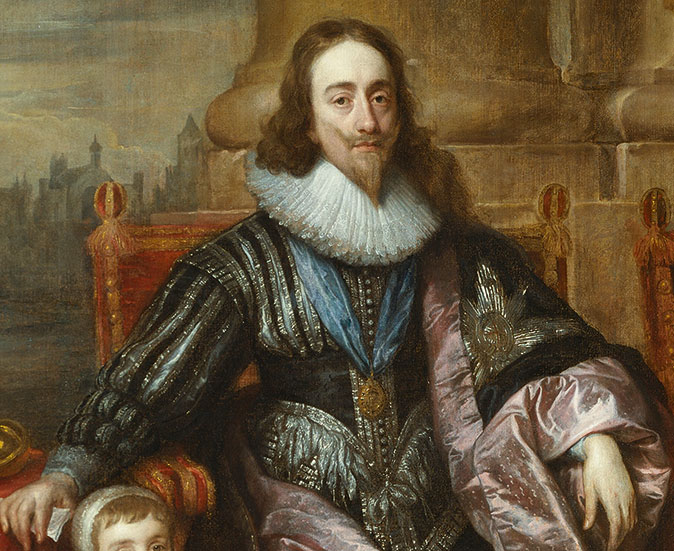
Framed in front of a monumental column (a technique Van Dyck borrowed directly from Titian), his position as monarch is strengthened.
Henrietta Maria looks at him lovingly as he confronts us with a steady gaze. Parliament is silhouetted in the background, reinforcing the idea of his power over Westminster.
Sign up for the Country Life Newsletter
Exquisite houses, the beauty of Nature, and how to get the most from your life, straight to your inbox.

The crown, orb and sceptre by his heir’s head emphasise the dynasty, but there remains an informal tenderness to the portrait — in, for example, the way the son touches his father’s knee. Tiny dogs scamper at their feet. The piece has the dual function of being both an official state portrait and a royal conversation piece
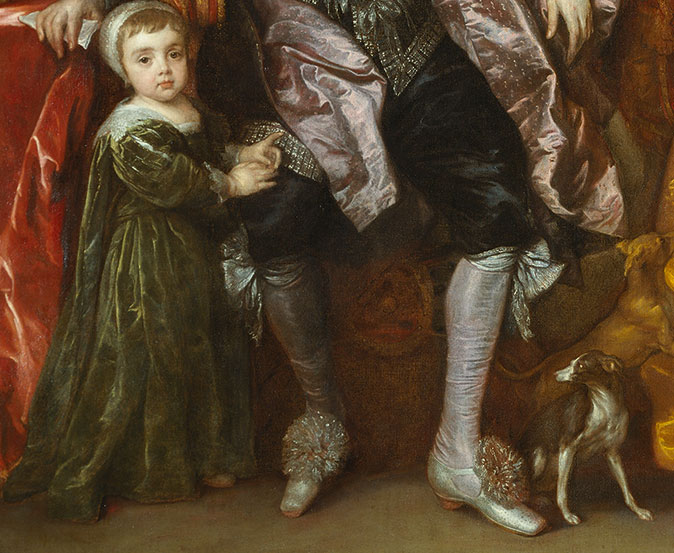
Art for Charles I was a means of gaining regal publicity. In the sheer breadth of his tastes and the exceptional quality of the pictures in this exhibition, there is a pervading, tangible recognition that it was also, ultimately, his passion.
- Charles I: King and Collector runs until April 15 at the Royal Academy in London - see www.royalacademy.org.uk/exhibition/charles-i-king-and-collector for more details.
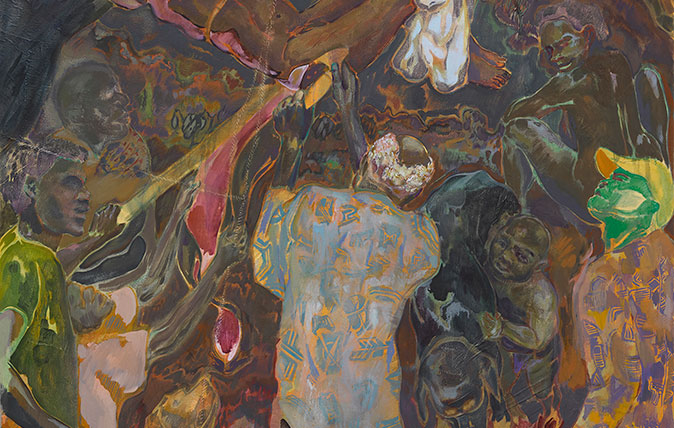
Credit: Michael Armitage, The Flaying of Marsyas, 2017. © Michael Armitage. Photo © White Cube (Ben Westoby). Courtesy of the Artist and White Cube.
In Focus: Michael Armitage's image of African violence that points the finger back at the western world
Michael Armitage's The Flaying of Marsyas is the centrepiece of his exhibition in South London. Lilias Wigan examines it in
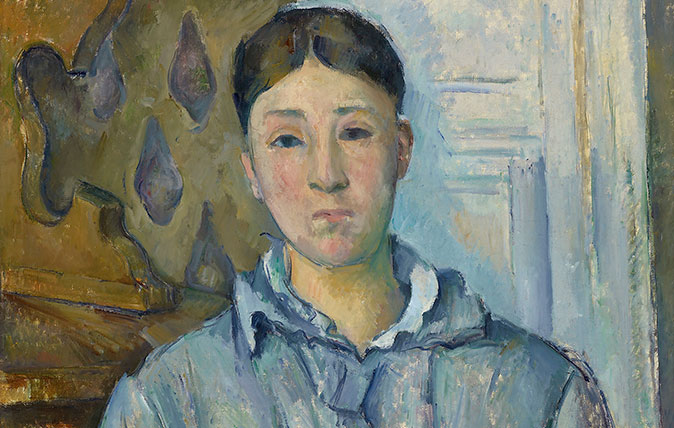
In Focus: Cézanne's brutally honest portrait of his wife, 'weary and dissatisfied', as their relationship was on the rocks
The National Portrait Gallery's exhibition of portraits by Paul Cézanne comes to an end this weekend. Lilias Wigan takes an
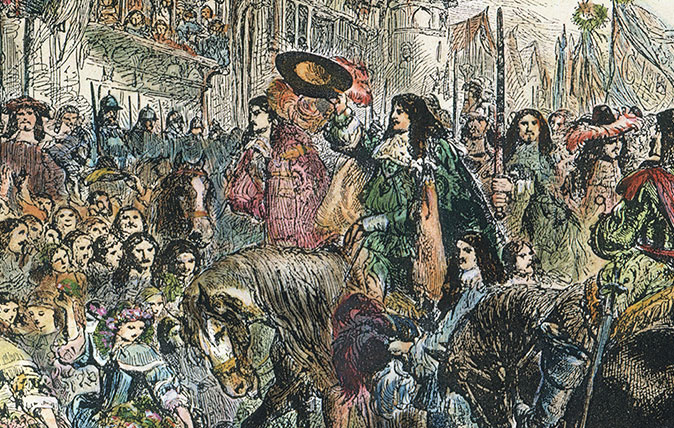
Credit: The Restoration of Charles II - 17th century engraving, Victorian colouring
The fascinating story of the 'lost' royal art collections of Charles I and Charles II
The royal art collections of Charles I and Charles II were scattered across Europe – and after the Restoration, huge efforts
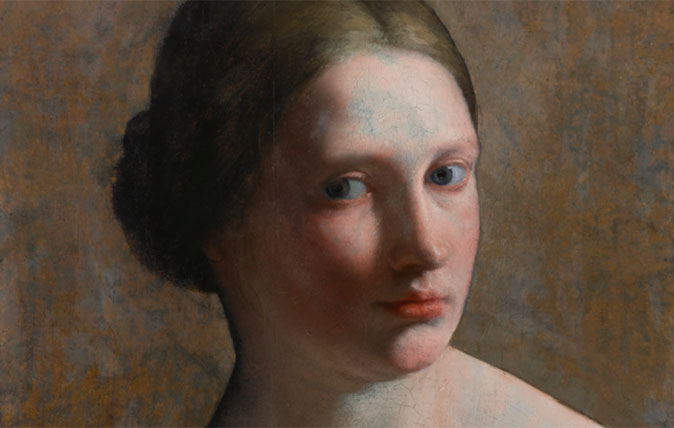
Credit: Sotheby's
Charles I’s lost painting, up for sale for the first time in nearly 400 years
-
 'There is nothing like it on this side of Arcadia': Hampshire's Grange Festival is making radical changes ahead of the 2025 country-house opera season
'There is nothing like it on this side of Arcadia': Hampshire's Grange Festival is making radical changes ahead of the 2025 country-house opera seasonBy Annunciata Elwes
-
 Welcome to the modern party barn, where disco balls are 'non-negotiable'
Welcome to the modern party barn, where disco balls are 'non-negotiable'A party barn is the ultimate good-time utopia, devoid of the toil of a home gym or the practicalities of a home office. Modern efforts are a world away from the draughty, hay-bales-and-a-hi-fi set-up of yesteryear.
By Annabel Dixon
-
 The five minute guide to 'The Great Gatsby', a century on from its publication
The five minute guide to 'The Great Gatsby', a century on from its publication'The Great Gatsby' sold poorly the year it was published, but, in the following century, it went on to become a cornerstone of world literature.
By Carla Passino
-
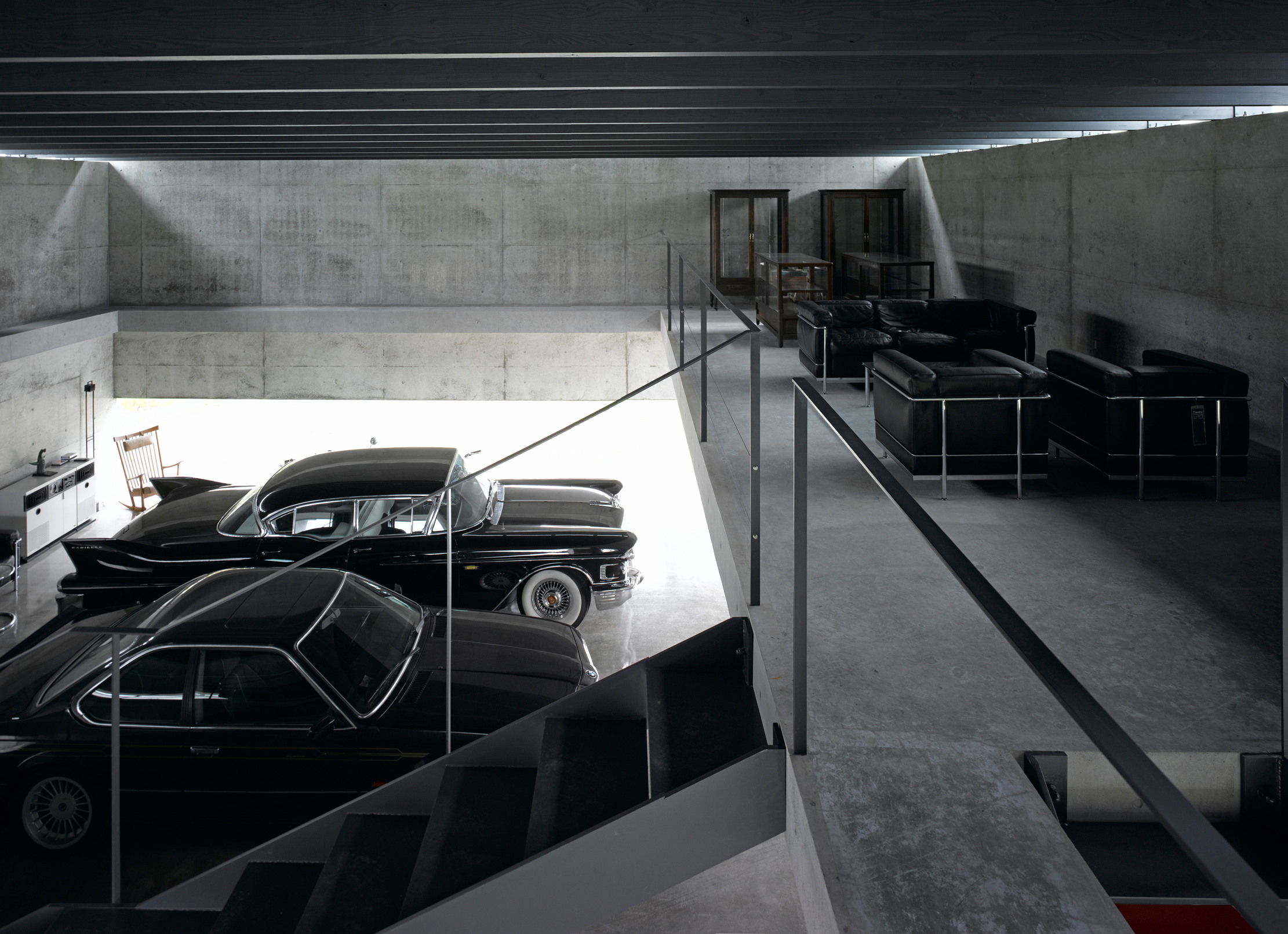 Shark tanks, crocodile lagoons, laser defences, and a subterranean shooting gallery — nothing is impossible when making the ultimate garage
Shark tanks, crocodile lagoons, laser defences, and a subterranean shooting gallery — nothing is impossible when making the ultimate garageTo collectors, cars are more than just transport — they are works of art. And the buildings used to store them are starting to resemble galleries.
By Adam Hay-Nicholls
-
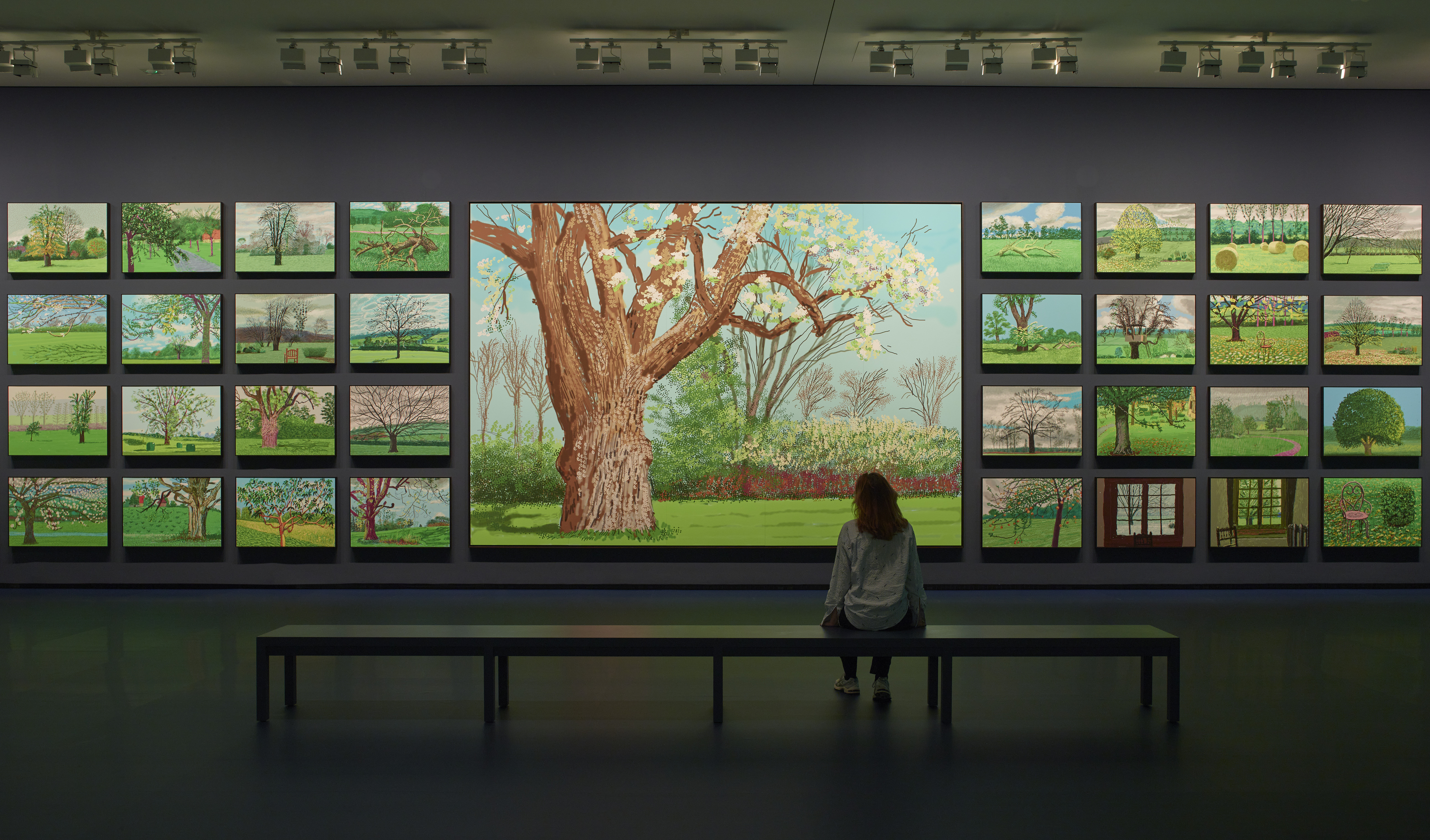 ‘David Hockney 25’ at the Fondation Louis Vuitton: Britain’s most influential contemporary artist pops up in Paris to remind us all of the joys of spring
‘David Hockney 25’ at the Fondation Louis Vuitton: Britain’s most influential contemporary artist pops up in Paris to remind us all of the joys of springThe biggest-ever David Hockney show has opened inside the Fondation Louis Vuitton in Paris — in time for the season that the artist has become synonymous with.
By Amy Serafin
-
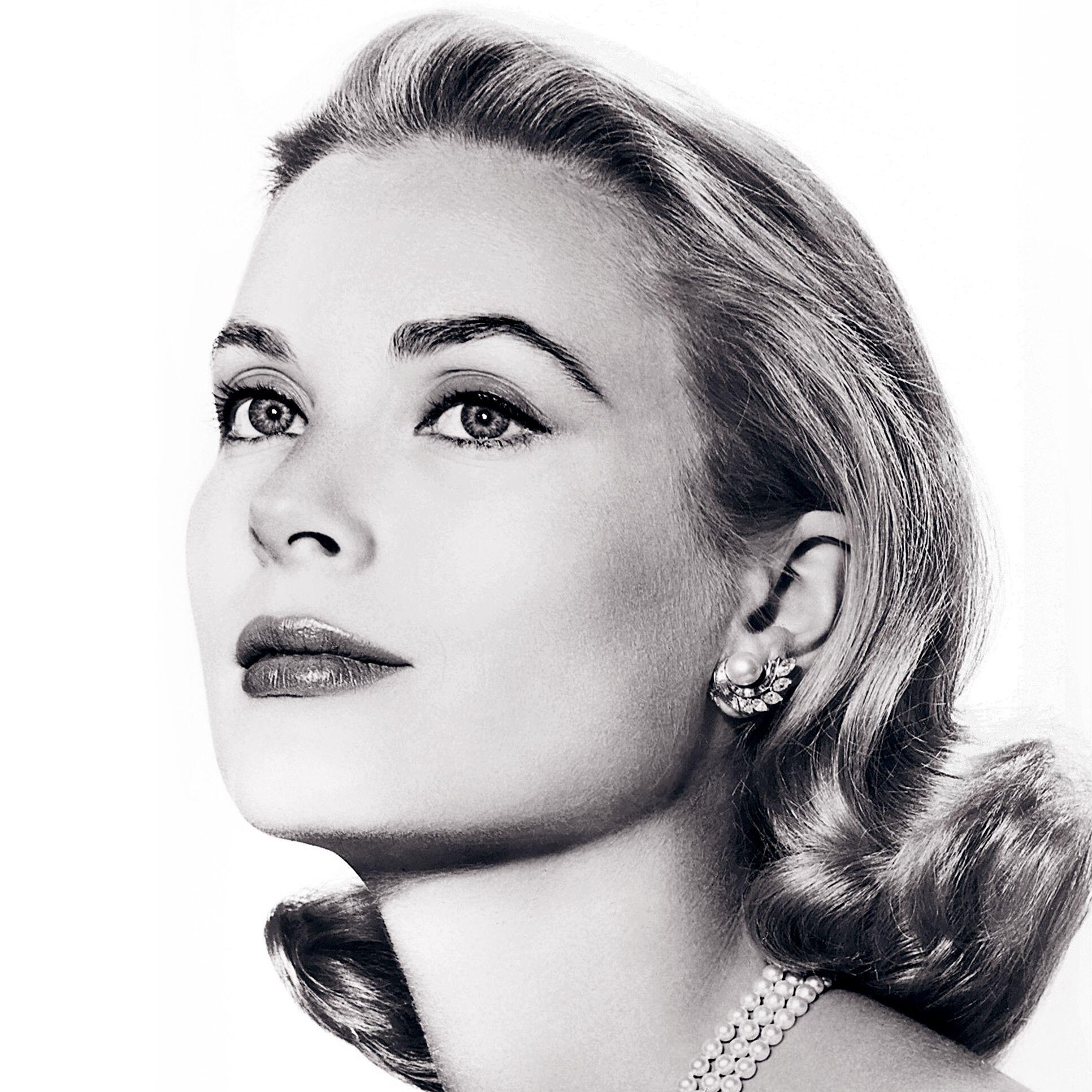 Under the hammer: A pair of Van Cleef & Arpels earrings with an intriguing connection to Princess Grace of Monaco
Under the hammer: A pair of Van Cleef & Arpels earrings with an intriguing connection to Princess Grace of MonacoA pair of platinum, pearl and diamond earrings of the same design, maker and period as those commissioned for Grace Kelly’s wedding head to auction.
By Rosie Paterson
-
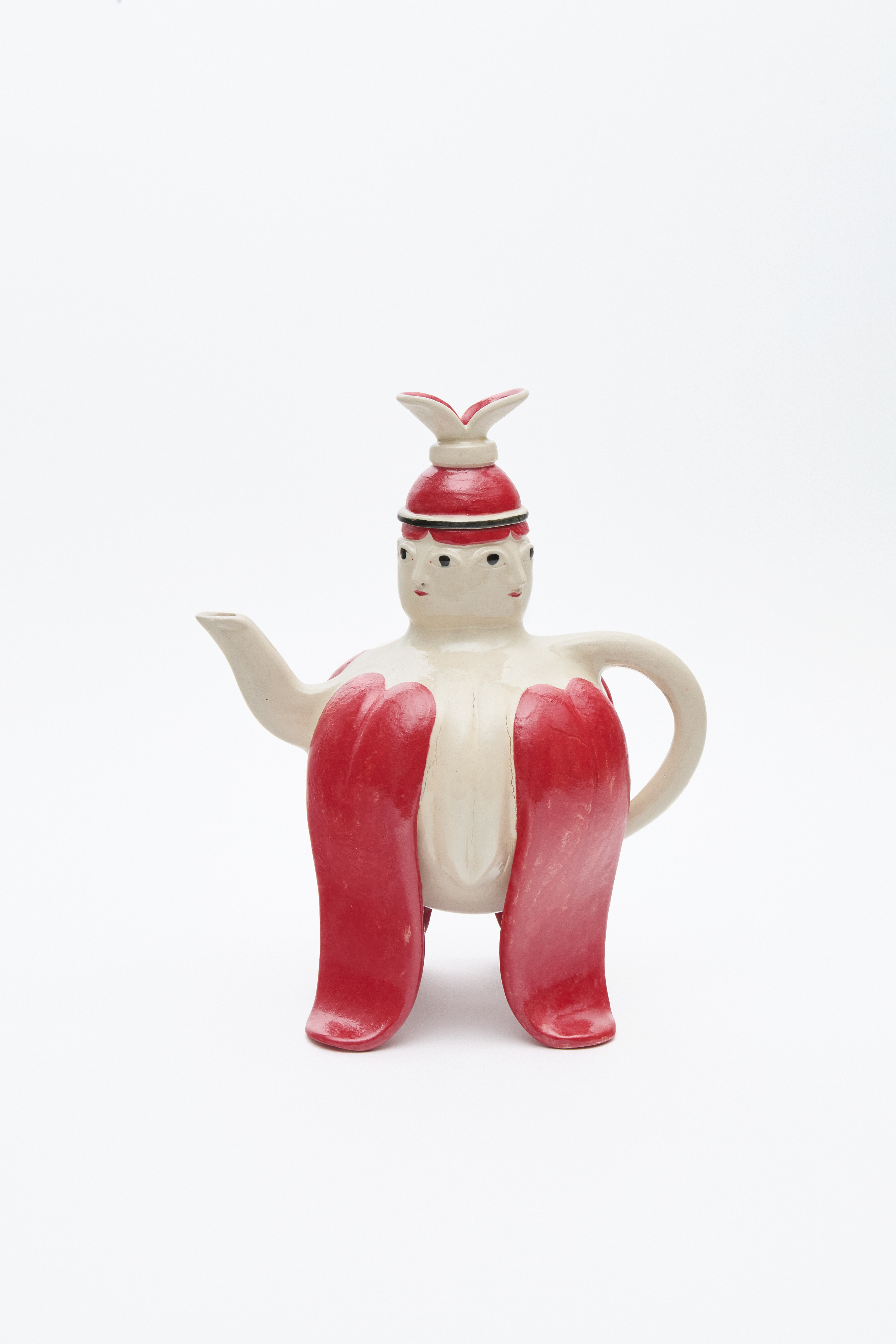 Why LOEWE decided to reimagine the teapot, 25 great designs over
Why LOEWE decided to reimagine the teapot, 25 great designs overLoewe has commissioned 25 world-leading artists to design a teapot, in time for Salone del Mobile.
By Amie Elizabeth White
-
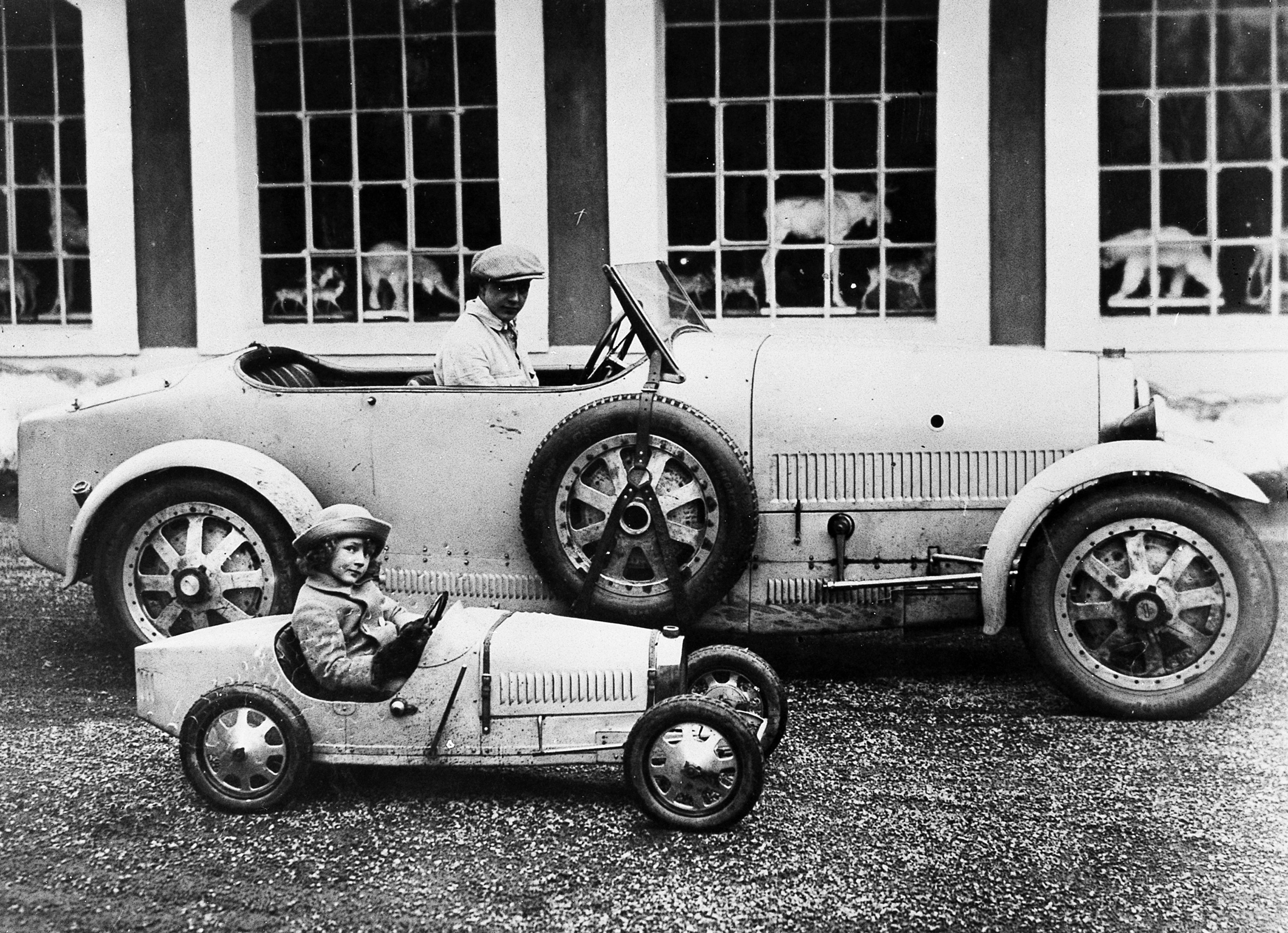 The brilliant Bugattis: Sculpture, silverware, furniture and the fastest cars in the world
The brilliant Bugattis: Sculpture, silverware, furniture and the fastest cars in the worldA new exhibition at this year's Treasure House Fair will shine a light on the many talents of the Bugatti dynasty.
By James Fisher
-
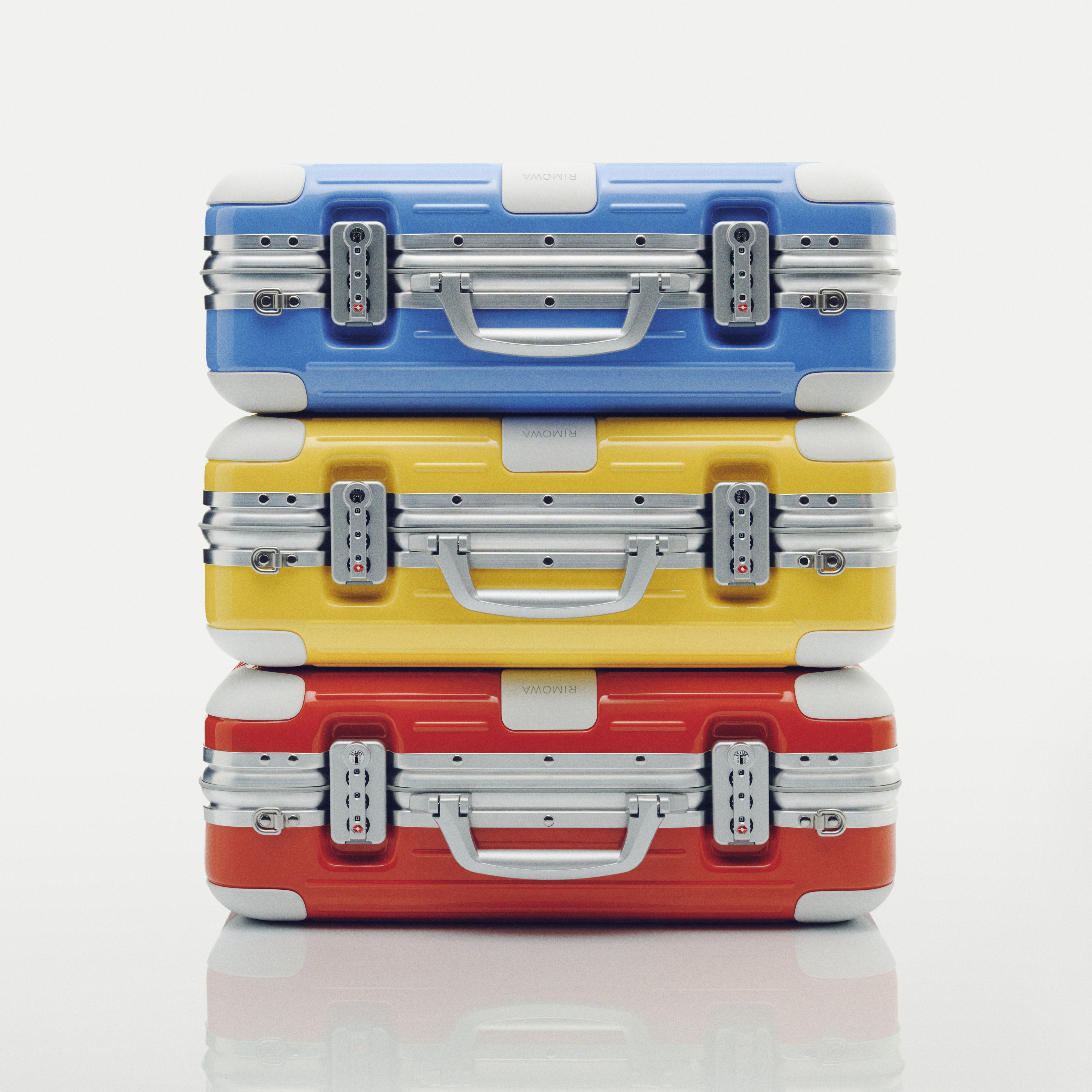 Big, bright and bold: Colourful luggage to inspire your next spring getaway
Big, bright and bold: Colourful luggage to inspire your next spring getawayIf RIMOWA's new 'Holiday' campaign is anything to go by, then conservative-coloured luggage is out and eye-catching is in.
By Rosie Paterson
-
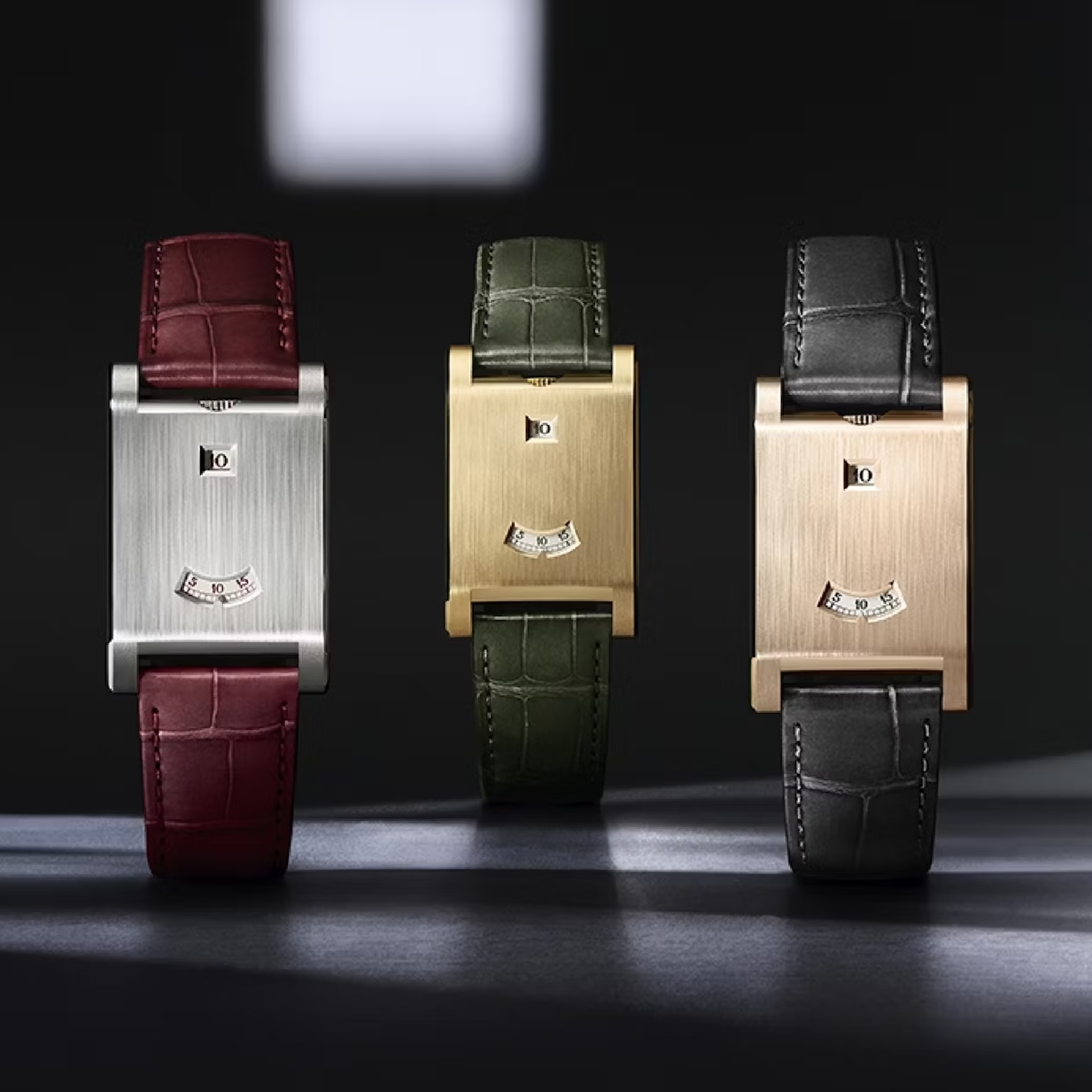 Jumping hours, guichets and visual theatre: The biggest trend from Watches and Wonders explained
Jumping hours, guichets and visual theatre: The biggest trend from Watches and Wonders explainedMiniature window displays replaced traditional watch hands at this year's Watches and Wonders fair.
By Chris Hall